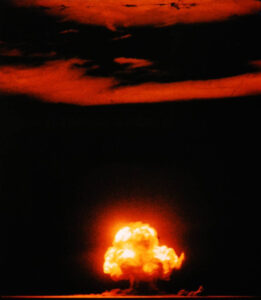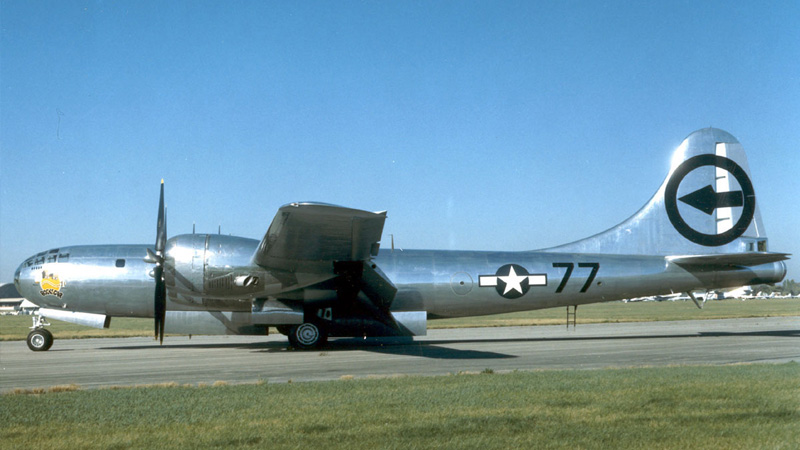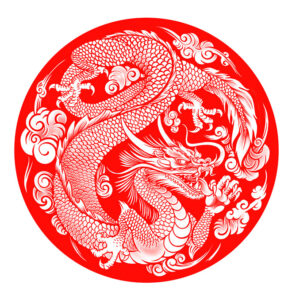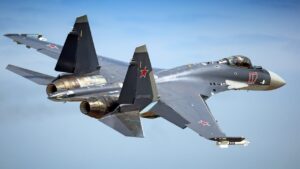Memorandum
Subject: Communications Update (S6)
To: All Readers and Interested Parties
From: Greg Smith, Author
Date: 11 AUG 2025
BACKGROUND:
 Eighty years ago, the world changed in a flash. A new and terrible weapon of unimaginable power, developed in secret, was proven to be more than a theoretical concept. On July 16, 1945, at Trinity Site near Alamogordo, New Mexico, the first atomic bomb was detonated. Shortly thereafter, the two remaining devices, a uranium version dubbed “Little Boy” and a Plutonium version dubbed “Fat Man,” were loaded onto the USS Indianapolis and transported across the Pacific to Tinian Island.
Eighty years ago, the world changed in a flash. A new and terrible weapon of unimaginable power, developed in secret, was proven to be more than a theoretical concept. On July 16, 1945, at Trinity Site near Alamogordo, New Mexico, the first atomic bomb was detonated. Shortly thereafter, the two remaining devices, a uranium version dubbed “Little Boy” and a Plutonium version dubbed “Fat Man,” were loaded onto the USS Indianapolis and transported across the Pacific to Tinian Island.
After much deliberation, President Truman decided to use the weapons against Japan. On August 6, 1945, the first bomb was dropped over Hiroshima. The device detonated approximately 1,800 feet over the city with the force of nearly 15,000 tons of TNT. The heat at the center of the blast reached 7,000 degrees Fahrenheit. Estimates of casualties range from 90,000 to 150,000, mostly civilians.
When Japan failed to accept unconditional surrender quickly, a second mission was launched. On August 9, 1945, the second device detonated above Nagasaki with the force of 21,000 tons of TNT. Casualties were estimated at roughly 80,000 people.
The two weapons used against Japan in 1945 ended the most significant, most costly, and most devastating war in human history. However, other attacks in the weeks and months leading to the atomic strikes were just as devastating. The fire-bombing attacks against Tokyo on March 9-10, 1945, destroyed nearly 40% of the city, killed as many as 120,000, and left over 1,000,000 homeless. The difference was that the raid on Tokyo required hundreds of aircraft and thousands of men.
In 1945, the US was the sole superpower, the only country with nuclear capability. That did not last long. Spies and informants loyal to the Union of Soviet Socialist Republics (USSR) penetrated the Manhattan Project at Los Alamos, New Mexico, almost from the start. The spies passed along key information, scientific data, and other secrets that helped accelerate the development of nuclear weapons in the USSR. By 1949, the USSR detonated its first atomic weapon. A new arms race had begun. Other nations also pursued nuclear weapons for their security, defense, or deterrence against aggression. The new Cold War, a standoff between nuclear powers, would dominate world politics for the next seventy years and haunt the dreams and nightmares of millions.
INTELLIGENCE ASSESSMENT:
Nuclear weapons are both the ultimate destructive power and the ultimate bargaining chip. At least nine countries currently possess nuclear weapons. Many other countries, as well as terrorist groups, seek nuclear weapons. Even a relatively small bomb, placed in a highly populated location, could kill thousands and cause tremendous panic. Fortunately, such bombs are not easy to produce and require significant technological and scientific acumen.
Even if a country or terror group is unable to produce an explosive device, radiological materials can also be used to produce “dirty bombs.” These devices can spread radioactive materials across wide swaths of land or devastate population centers. If used against water and food supplies, dirty bombs can render them unusable, igniting starvation and panic.
Over the previous few months, nuclear tensions have been very much at the fore. Israel’s attacks against Iran were sparked by intelligence assessments that the Iranian regime was near the final stages of producing a nuclear weapon. Given the regime’s stated objective of wiping Israel off the map, and their demonstrated willingness to launch ballistic missiles that could easily be fitted with a nuclear warhead, Israel struck. Israeli strikes were followed up and augmented by US strikes as part of Operation Midnight Hammer, using massive ordnance penetrator bombs and cruise missiles. Although the strikes appear to have been successful, the disposition of the radioactive materials has not been disclosed.
Other conflicts around the globe also carry the risk of nuclear escalation:
- In Asia, China continues to threaten Taiwan. A conflict there would rapidly involve the US and could easily escalate to a nuclear exchange.
- A border conflict between India and Pakistan sparked over the summer into armed conflict. Both states have long-standing territorial disputes, a history of armed conflict, and possess nuclear weapons. Escalation is not out of the question.
- In Ukraine, Russia has made overt threats concerning the use of tactical (short-range, small yield) nuclear weapons. They have also made it very clear that direct involvement of NATO or US forces in the conflict could result in a nuclear escalation.
- A dispute between the US and Russia aggravated tensions and resulted in non-specific threats of nuclear conflict. The US repositioned nuclear missile submarines in the Atlantic as a result. This led to Russia formally withdrawing from agreements to limit nuclear cruise missiles in Europe.
As a young man, I spent several years on nuclear alert. When the warbling tone sounds, your heart races and your pulse quickens. There is little in life that compares to the fear and anxiety of sounding the klaxon to launch the alert force. Those of us who have lived in that world hope and pray that the real thing never comes to pass.
CURRENT OPERATIONS UPDATE:
Killer’s Reign is on the way to the editor! The editor will take a few weeks to read the manuscript and provide actionable feedback. In the meantime, the rewrite of Sleeper Cell is back on track. Also, I have been compiling my research and developing story ideas for my upcoming World War II novel based on Special Operations Executive (SOE) and Office of Special Services (OSS) actions behind the lines. Stay tuned for updates!
COMMUNICATIONS UPDATE:
All my novels draw upon real-world events. My stories examine the possibilities and ask what-if. Although fiction, the events and characters that drive the narrative reflect both current reality and my own experiences.
I invite you to visit my website regularly for more information on characters, storylines, and other interesting details.
Duck and Cover!
Greg Smith
Author
cc:
S2 Intelligence
S3/5 Operations & Plans





